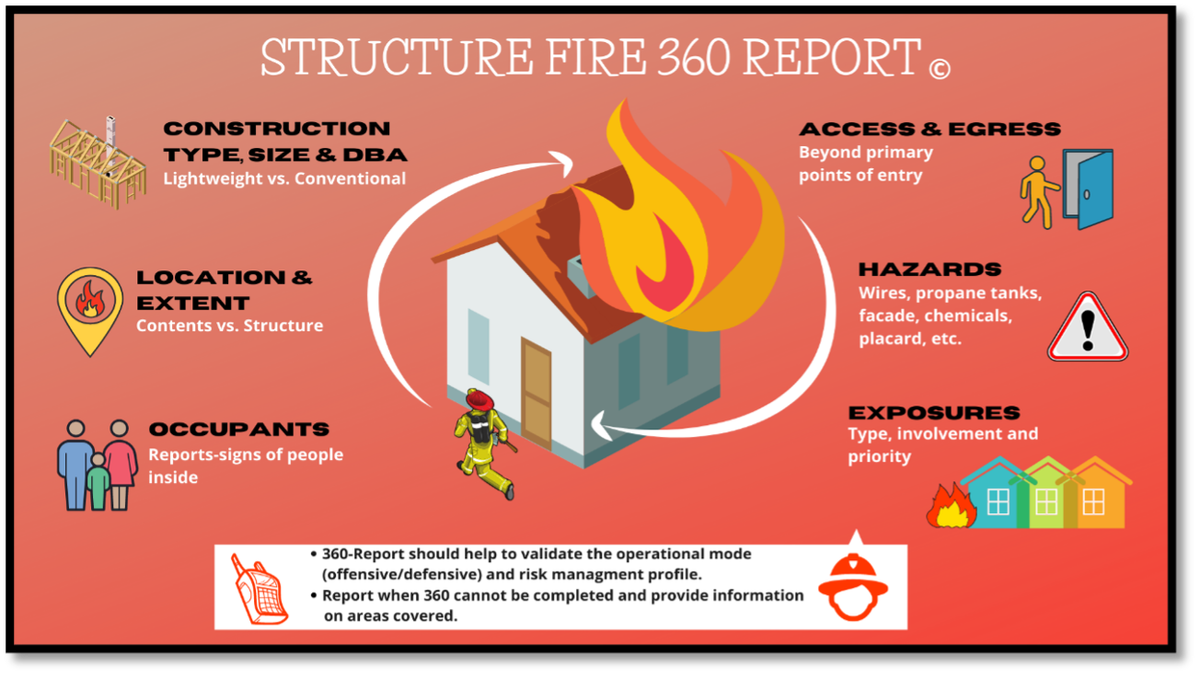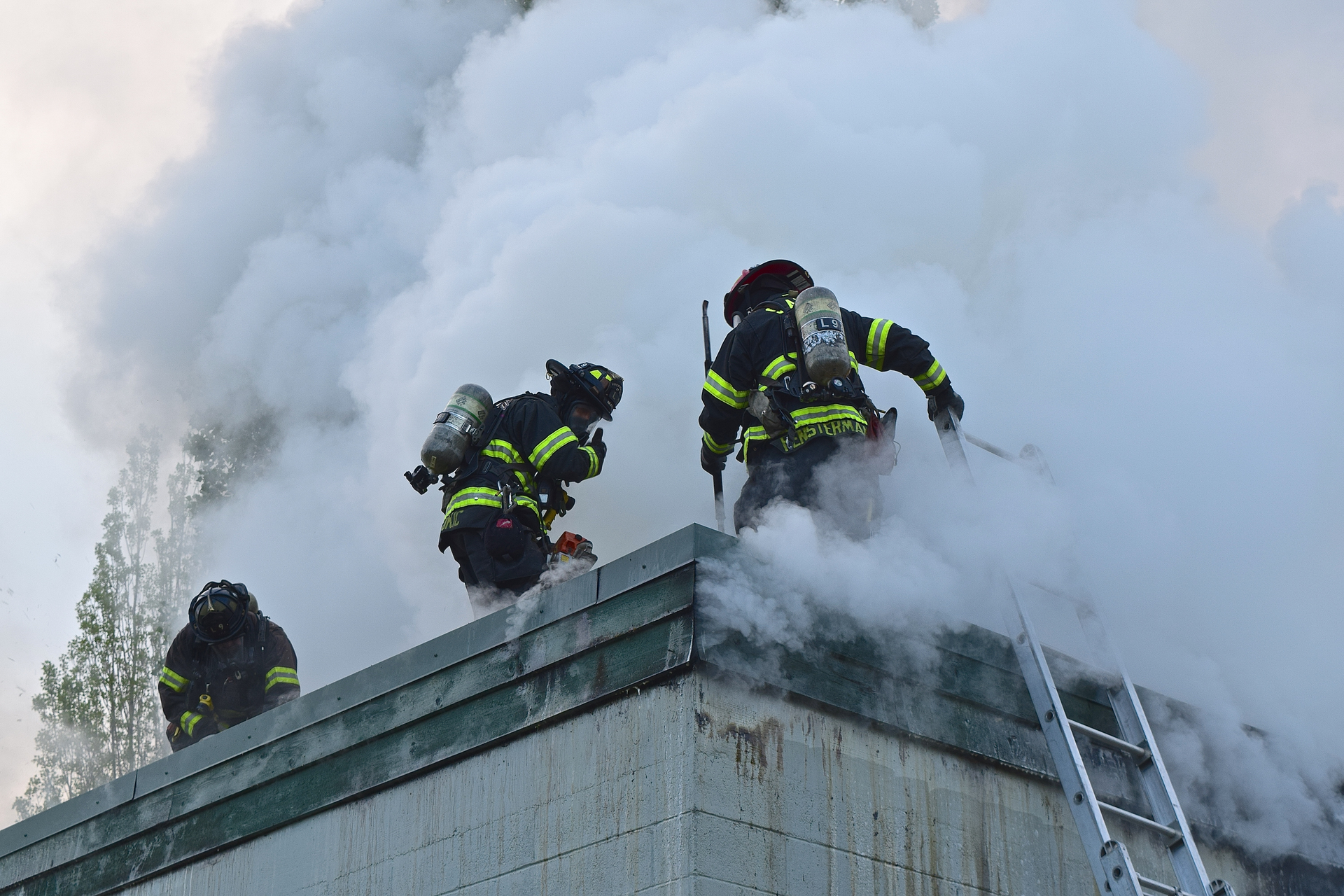

Isolation by closing doors is critical to occupant survivability and firefighter effectiveness.

Coordination of fire attack is essential effective water application with timely ventilation need to occur together for successful outcomes.This has resulted in the need to understand the impact of changes in building construction methods, building construction materials, and home furnishings on fire growth and the resulting fire environment within the home. Changes have occurred in the fire environment (the fire service’s workplace) that are very important to occupant survivability and firefighter safety.These tactical considerations need to be further examined and developed with the features of the old and new residential housing stock in mind.ĭuring previous FSRI research projects supported by the DHS AFG FP&S R&D program, three major themes emerged: Previous fire service tactics research on suppression and ventilation indicate several tactical considerations that could increase the effectiveness of search and rescue operations by better understanding the impacts of timing, door position, entry point, victim removal route, removal technique and suppression. What role does post-suppression ventilation play in returning toxic gas and thermal conditions to pre-ignitions levels?.If an exterior vent is created to make entry, how do factors such as proximity to fire compartment or isolation impact tenability for a potentially trapped occupant?.

 What do firefighters need to consider if search and rescue operations occur prior to suppression compared to occurring simultaneous with or post-suppression?. What is the difference to an occupant if found via a door-initiated search or via a window-initiated search? How can these options be leveraged to optimize the viability for potentially trapped occupants?. If an occupant is found behind a closed door, should the firefighter wait until conditions improve, take them immediately back to the entry point, or remove them via another route? In other words, how might removal techniques limit toxic gas and thermal exposures?. This project studies and answers the following questions through conducting experiments in a residential test structure using carefully designed and placed instrumentation: It is paramount to determine the scientific based elements of size-up, search, and rescue that the fire service can use to best understand the fire dynamics to make critical tactical choices such as initial hoseline placement, search pathways, and occupant removal considerations. This study builds on the experience of the fire service by investigating common components of size-up such as reading smoke and fire conditions upon arrival, search tactics such as window and/or door-initiated search, isolation measures, and rescue tactics such as removal elevation, removal timing relative to suppression, and removal pathways. This three-year FEMA Research and Development Project examines fireground size-up measures and search and rescue operations as part of a coordinated fire attack on a residential structure.
What do firefighters need to consider if search and rescue operations occur prior to suppression compared to occurring simultaneous with or post-suppression?. What is the difference to an occupant if found via a door-initiated search or via a window-initiated search? How can these options be leveraged to optimize the viability for potentially trapped occupants?. If an occupant is found behind a closed door, should the firefighter wait until conditions improve, take them immediately back to the entry point, or remove them via another route? In other words, how might removal techniques limit toxic gas and thermal exposures?. This project studies and answers the following questions through conducting experiments in a residential test structure using carefully designed and placed instrumentation: It is paramount to determine the scientific based elements of size-up, search, and rescue that the fire service can use to best understand the fire dynamics to make critical tactical choices such as initial hoseline placement, search pathways, and occupant removal considerations. This study builds on the experience of the fire service by investigating common components of size-up such as reading smoke and fire conditions upon arrival, search tactics such as window and/or door-initiated search, isolation measures, and rescue tactics such as removal elevation, removal timing relative to suppression, and removal pathways. This three-year FEMA Research and Development Project examines fireground size-up measures and search and rescue operations as part of a coordinated fire attack on a residential structure.








 0 kommentar(er)
0 kommentar(er)
